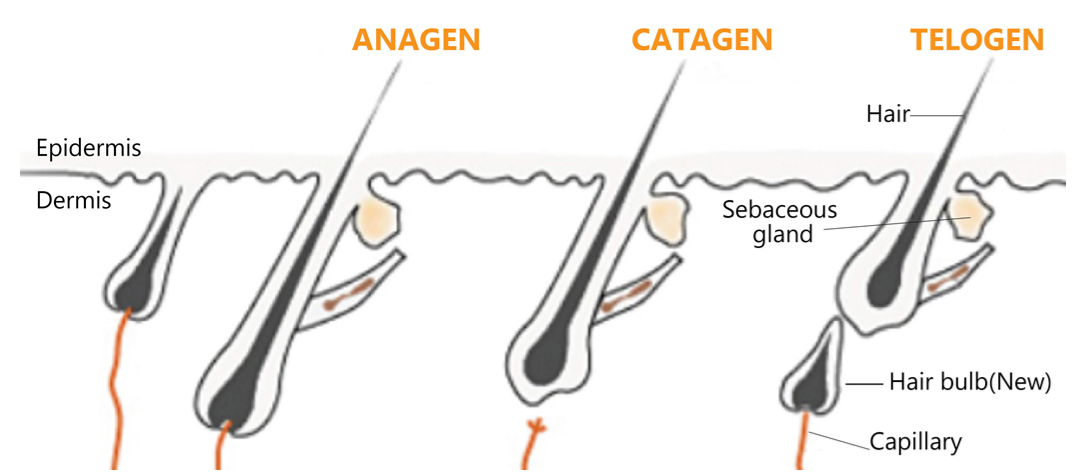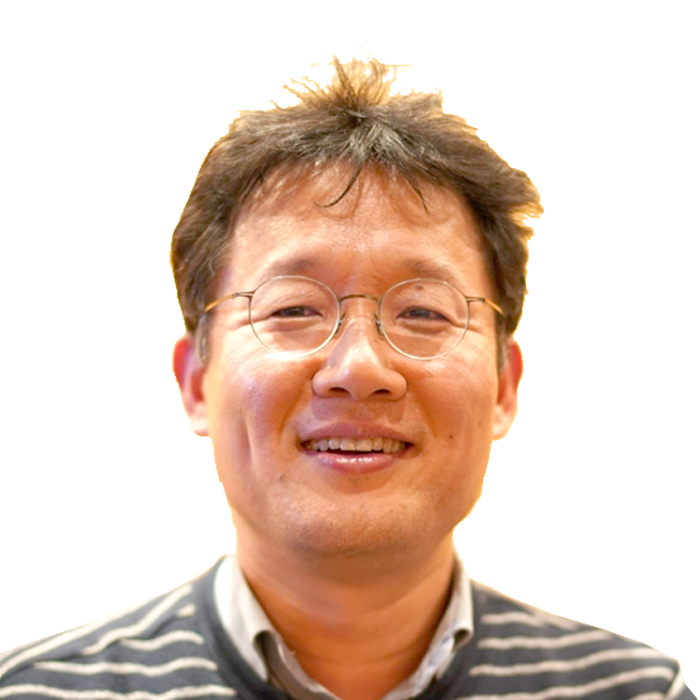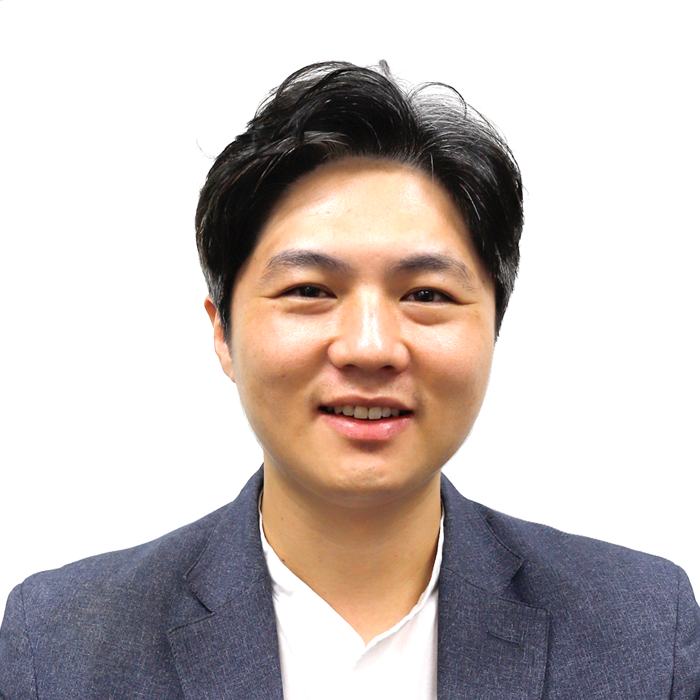1) Recognizing Aging as a Disease
The 11th Edition of the International Classification of Disease, published by the World Health Organization (WHO) in June 2018, introduced the new Code MG2A: Old Age. This means that aging has been officially classified as a disease. This is important because the identification and classification of diseases influences everything from health policy to health insurance claims. Within this context, the WHO classification of ‘Old Age’ as a disease should be understood as particularly meaningful.
Aged cells are normally removed by the body’s immune system. However, as the body’s physiological capacity and immune system weakens as we grow older, aged cells begin to accumulate in the major tissues and organs. These accumulating aged cells create a sustained
inflammatory environment, damaging neighboring tissues and causing various degenerative diseases that affect health and well-being.
A research team at the Mayo Clinic has coined the term ‘senolytics’ as a new term for drugs that can delay this process. They have also selected dasatinib (an anticancer drug) and quercetin (an anti-inflammatory drug) as
candidate drugs for the field of senolytics.
Experiments using genetically modified mice have demonstrated that the artificial removal of aged cells from the body may increase life expectancy by 35% and alleviate geriatric diseases. However, the
molecular mechanisms involved in the relationship between aged cells and the recovery of homeostasis (the ‘natural state’) have yet to be fully understood. Serious interest and research into this topic has only just begun, together with the discovery and development of drugs that can selectively eliminate aged cells or rejuvenate them.
For example, Calico, a healthcare company launched by Google, has been aggressively focusing on identifying solutions to geriatric diseases since its establishment. Following this trend, many other companies have recently been founded to promote research and development in aging and geriatric diseases.
Meanwhile, Juvenescence, a company established by a British billionaire in 2017, in-licensed a candidate drug from the Buck Institute for Research on Aging in the United States. In early 2019, Juvenescence also invested in AgeX Therapeutics and LyGenesis to broaden its research and investment portfolio.
[ MEDIGATE NEWS, 2019.05.15-. [Column] Dr. Jin Keon Pai, Advisor of HaplnScience Inc.,
If Aging is a diseases, We Live Each Day Introducing more Illness into Our Lives ]
































